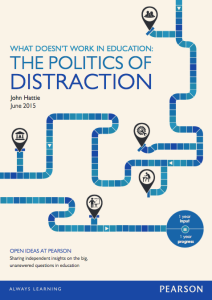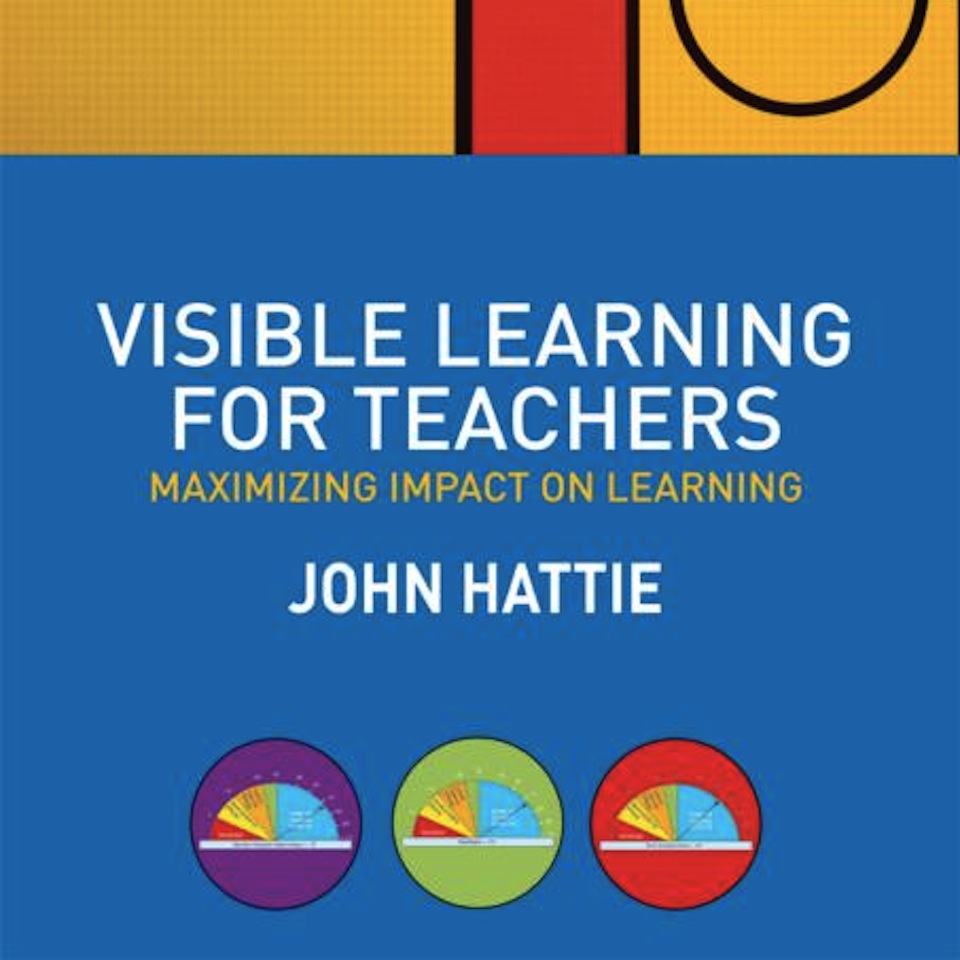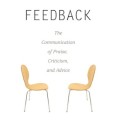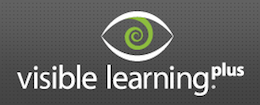 John Hattie’s new study is called What Doesn’t Work in Education: The Politics of Distraction. You can download, read and share the book for free (PDF)! It is part of Open Ideas at Pearson and licensed under Creative Commons Attribution 4.0.
John Hattie’s new study is called What Doesn’t Work in Education: The Politics of Distraction. You can download, read and share the book for free (PDF)! It is part of Open Ideas at Pearson and licensed under Creative Commons Attribution 4.0.
Spot the difference! Is it between or within schools?
John Hattie is an advocate of data-informed (rather than data-based only) decision-making in the education sector. According to Hattie policy makers, school leaders and educators should recognise within-schools differences as the fundamental problem in education and focus their efforts in this area. “Given that the variance in student achievement between schools is small relative to variance within schools, it is folly to believe that a solution lies in different forms of schools,” John Hattie writes in his new report. He says it is “ironic” that governments try to tackle “failing schools” by creating new forms of schools such as charter schools, for-profit schools, lighthouse schools, free schools, academies, public-private schools – “anything other than a public school.”
Hattie’s 5 Distractions in the school system
For his new study – which is more like a policy paper – Hattie has put together a list of five popular education reform approaches that he calls distractions from the real problem. His argument is that an overemphasis on one or all of them creates a distraction from other, more critical, more effective ways to improve education. They might work, but the impact is only mediocre and the costs are high. As in his previous studies (Visible Learning and Visible Learning for teachers) he repeats the point that hardly anything we do in schools harms students. But unless an intervention has an effect size of 0.4 or greater it would be unwise to base decision-making on it (0.4 is the average effect size of more than 140.000 effects Hattie has studied). Here is a list of the world’s “top five” distractions in education:
- Distraction 1: Appease to parents – “If only there were more choice of schools and smaller class sizes”
- Distraction 2: Fix the infrastructure – “If only we had more effective curricula, more rigorous standards, more tests and more alternative-shaped buildings”
- Distraction 3: Fix the student – “If only we had better, well-prepared students”
- Distraction 4: Fix the schools – “If only schools had more money and autonomy, they would be better schools”
- Distraction 5: Fix the teachers – “If only teachers had better initial training, were paid for performance and adopted new technology”
Videos and a study about What works best
In a second paper John Hattie makes the case for the politics of collaborative expertise, or, put simply, what works best in education. Make sure to watch these short videos where John Hattie talks about his new study, distractions and solutions for a better education.
Why are we distracted?
The solution is ‘collaborative action’
One year of progress for one year’s input
Sources:
- Download John Hattie (2015): What Doesn’t Work in Education: The Politics of Distraction, London: Pearson
- www.pearson.com/hattie/distractions.html
Further reading:
- John Hattie (2008): Visible Learning
- John Hattie (2011): Visible Learning for Teachers
- Hattie/Masters/Birch (2015): Visible Learning into Action







This is a very important, and perhaps most critical, document in giving a direction to all change-leaders which directions not to take.
thank you so much.
May God bless you to continue to create path-breaking perspectives.
Vishnu
You do a grave disservice to the children that Prof Hattie advocates for when you misquote him. Some editor has chosen to use the title “One year of progress for one year’s input”, but Prof Hattie is not talking about ‘progress’, he talks about growth. Two distinctively different concepts with differing connotations. The former more closely associated with achieving test scores. Shame on Pearson, this ought to be remedied to quote him more accurately.